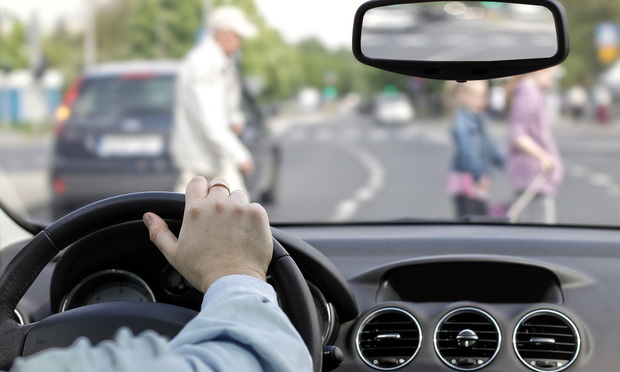 In this case, a teenage boy was hit by a car while riding his bike, and the boy's father sought UM benefits for his son as a "relative" under the father's Direct Auto policy. (Credit: ambrozinio/Shutterstock.com)
In this case, a teenage boy was hit by a car while riding his bike, and the boy's father sought UM benefits for his son as a "relative" under the father's Direct Auto policy. (Credit: ambrozinio/Shutterstock.com)
The Appellate Court of Illinois ruled against an auto insurance carrier who denied two separate claims for coverage because the injured parties were not physically inside an insured auto at the time of the accidents. The case is called Galarza v. Direct Auto Ins. Co., 2022 Ill. App. LEXIS 421 (Ill. App. Ct. 2022).
Recommended For You
Want to continue reading?
Become a Free PropertyCasualty360 Digital Reader
Your access to unlimited PropertyCasualty360 content isn’t changing.
Once you are an ALM digital member, you’ll receive:
- Breaking insurance news and analysis, on-site and via our newsletters and custom alerts
- Weekly Insurance Speak podcast featuring exclusive interviews with industry leaders
- Educational webcasts, white papers, and ebooks from industry thought leaders
- Critical converage of the employee benefits and financial advisory markets on our other ALM sites, BenefitsPRO and ThinkAdvisor
Already have an account? Sign In Now
© Touchpoint Markets, All Rights Reserved. Request academic re-use from www.copyright.com. All other uses, submit a request to [email protected]. For more inforrmation visit Asset & Logo Licensing.







